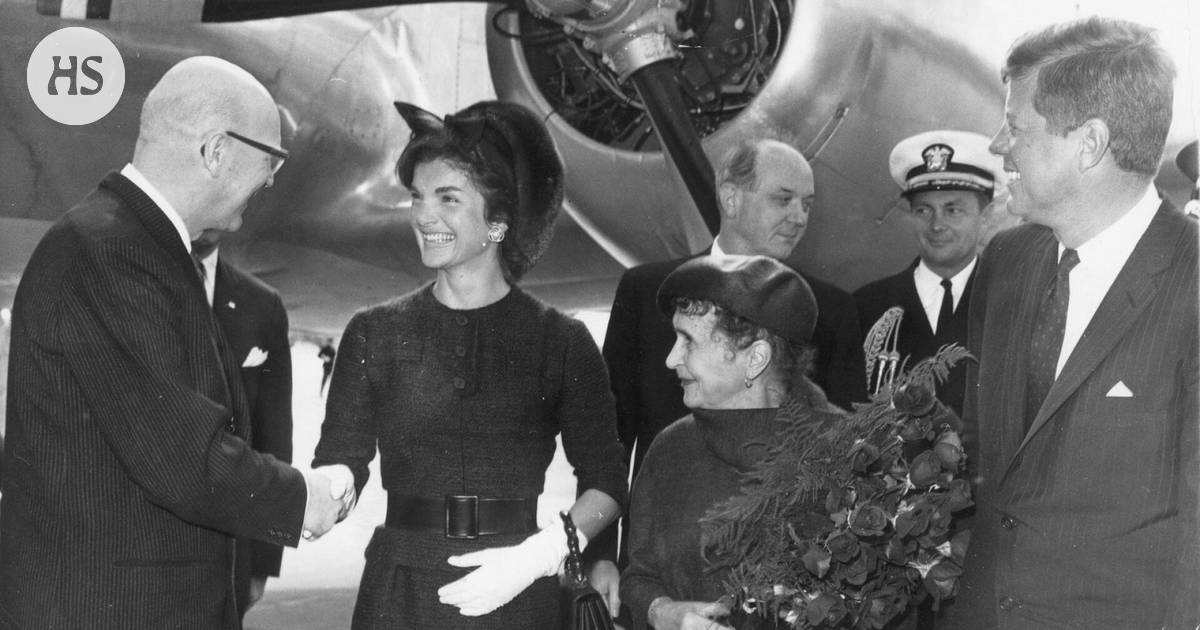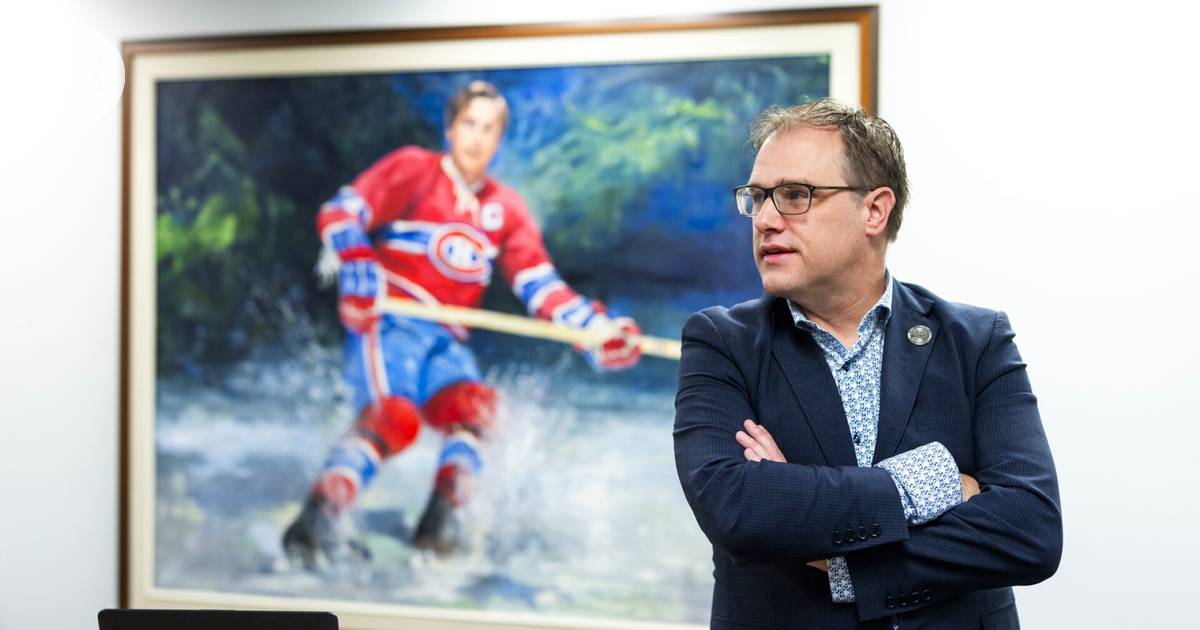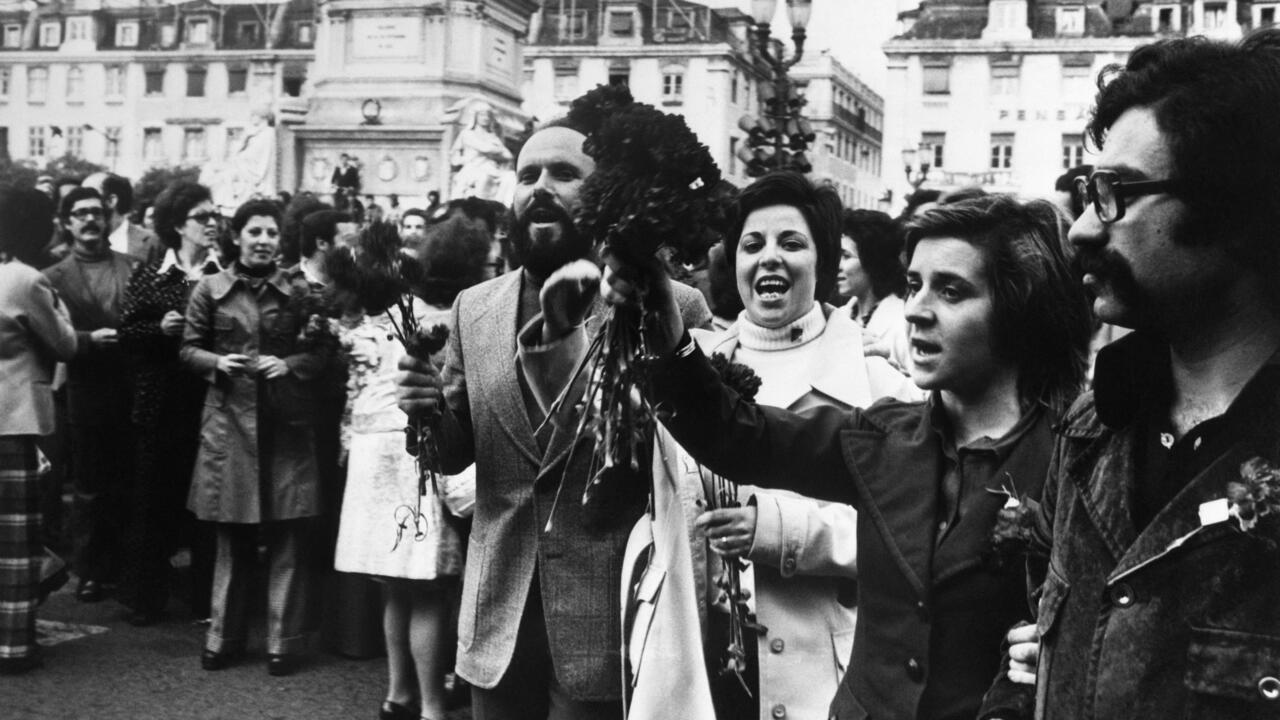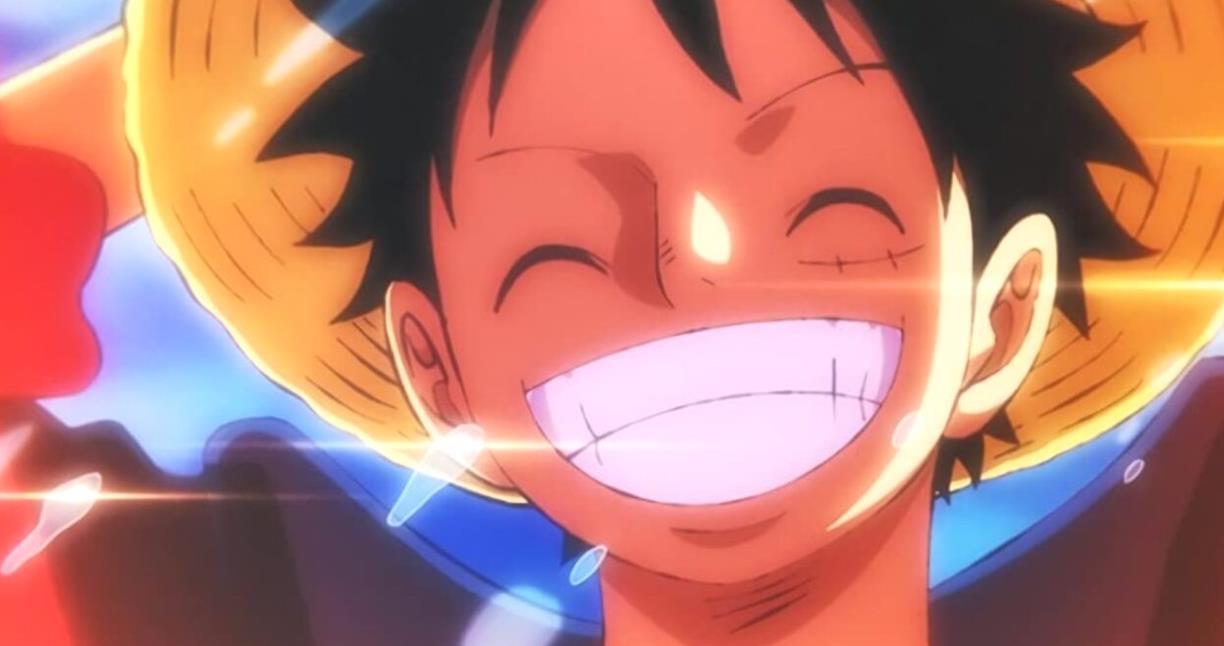Kekkonen and Kennedy met in 1961 in a different world than Niinistö and Biden in 2022, but there are also striking similarities in the meetings and their backgrounds.
March At the beginning of the 19th century, in the midst of Russia’s invasion of Ukraine, US President Joe Biden was clearing his schedule to host Finnish President Sauli Niinistö at the White House. The meeting time was arranged, although until recently Finland has played a side – if not insignificant – role in the strategic thinking of the United States.
It was not the first time that the President of the United States, who had a conflict with Moscow, arranged time for talks with the Finnish head of state. In October 1961, John F. Kennedy similarly turned to President Urho Kekkonen to consider the threat of a possible nuclear conflict. He wanted to hear the views of Kekkonen, who was supposed to be a friend of Soviet leader Nikita Khrushchev.
The 1961 still life was repeated again. The purpose of the hurried meeting was a public debate on the radically changed security situation in Europe. Yet one of the reasons Biden was eager to meet Niinistö was to seek help in interpreting Biden’s mysterious Russian opponent.
The United States there are, of course, differences between the crisis of 1961 and the current situation. Unlike Vladimir Putin, Khrushchev had not started a new war in Europe – if soon his fingers blamed it for it when Soviet tanks were ready to clash in Berlin. And Sauli Niinistö is, if anything, a more significant and also more popular character than Kekko. In both the United States and Finland, many considered Kekko to be a kind of Soviet cash register.
Despite the differences, the similarities between the two meetings – and the aggressive actions of Russia behind them – are striking.
At that time, as now, NATO and, in particular, Moscow’s perception of the threat it posed was very prominent on the agenda. In 1961, however, not a word was said about Finland’s possible accession to NATO. The subject was in Kekkonen’s case, and joining NATO would also have been an act prohibited by the 1948 yya agreement between Finland and the Soviet Union. Finland is now a partner country of NATO, and the question of Finland’s possible application for full membership was strongly on the agenda of the meeting between Biden and Niinistö, although not officially.
In all these ways, Finland is once again involved in the game in exactly the same way as in the autumn of 1961, when Kennedy spread the red carpet for Kekko. Kennedy was tormented by the Berlin crisis at the time, while Kekko was waiting for his own ordeal, the so-called note crisis.
United States was in the autumn of 1961 against Moscow in Berlin. Khrushchev threatened to deny the Allies access to the divided city if they did not agree to sign a peace agreement with the Soviet puppet state East Germany. Kennedy refused to sign.
Around the same time in September, the Soviet Union had, to the dismay of Kennedy, resumed nuclear tests in the atmosphere. They violated a moratorium previously negotiated by the parties, which Khrushchev had confirmed when he met Kennedy in Vienna in June.
It was at this point that Kennedy invited his Finnish colleagues to a two-day discussion in Washington on 16-17. October 1961. Through Kekkonen, Kennedy hoped to send a message to Moscow of the new determination of the United States and its president. He also wanted to encourage a “flexible” Finn. This is the adjective of the President often used by the US Embassy in Helsinki.
After all, as a cremlologist, Kekkonen proved to be of little help to Kennedy. According to the US State Department, Kekkonen was able to analyze his Soviet friend at best only by saying that “he is impressed that the Soviets suffer from an inferiority complex and that they are not always treated in a way that is commensurate with their power and importance.”
Kekkonen could not assess with certainty why Moscow tolerated Finland’s democratic system. “Finland is a special case,” Kekkonen reflected, “and Finland itself was not always able to understand it.”
However, Kekkonen gave confidential information about the future nuclear test plans of the Soviet Union. He had received it from Khrushchev’s right hand, Leonid Brezhnev, who had visited Helsinki in September. Brezhnev had said the Soviet Union had only done 30 percent of its nuclear tests “and the biggest tests were just coming”. It was a shocking revelation. However, Kekkonen did not know that his “friends” were planning to test his biggest bomb on October 30, while Kekkonen was still in the United States.
After the meetings, both men felt even more respect for each other. The meeting also confirmed Kennedy’s determination to help Finland and Kekkonen when the opportunity arose.
Opportunity came two weeks later when Moscow, citing an alleged threat from West Germany and NATO, tested the largest bomb in its nuclear arsenal, a monster known as the Tsarist Bomb. At the same time, Moscow introduced the intimidation clause in the yya agreement, according to which Finland was obliged to resist armed attacks by “Germany or its allies” – or NATO. The article provided for the possibility of launching joint military consultations if such a threat existed in the opinion of either party. This is how the note crisis started.
Historians disagree on why the Kremlin decided to tune the note crisis. Some say it was a play designed to guarantee the victory of the cooperative Kekkonen in the January 1962 presidential election. However, the crisis seemed to Ambassador Bernard Gufler to be anything but a play when he arrived in Tamminiemi with a top-secret letter from Kennedy. The President of the United States offered his support before Kekkonen flew to Russia to meet with Khrushchev. The President of Finland “had apparently lost weight and his skin was yellowish”.
In his letter, Kennedy indicated that he was not willing to go to war on behalf of Finland – at least not yet. However, if Kekkonen so wished, he was willing to support Finland in public, including the UN. This would mean that Finland would become the new front line of the Cold War.
If Kekkonen wanted to. That was the core. Kekkonen did not want to. Kekkonen would try his luck with his stormy Soviet friend. Thanks but no thanks.
The end is a familiar story. Kekkonen held a meeting with Khrushchev in Siberia. Khrushchev generously decided to “postpone” the joint military talks he demanded, and Kekkonen returned home as a hero.
It would be an understatement to say that Kennedy was disappointed in Kekkonen. However, he could not do much in practice now that Kekkonen had strengthened his position as a Moscow man in Helsinki. At the next press conference, Kennedy was asked what Moscow’s tightening tactics on Finland felt like. The President did not comment.
President Sauli Niinistö and US President Joe Biden met at the White House in early March.
Now Finland is in the news again. In any case, modern-day Finland is not the 1961 Finland. Unlike in 1961, Finland no longer has a so-called special relationship with Moscow. It ended in 1991 with the break-up of the Soviet Union. In 1995, Finland officially rejoined the West after the Finns had enthusiastically voted in favor of joining the European Union.
However, Finland has not joined NATO. As a NATO partner, Finland, like Sweden, participates in military alliance exercises, but has not applied for full membership. And it has not even seemed willing to do so before the earthquake in Ukraine.
Finns have not believed that they need help. In 1961, Finland had a small, defensive army. Now it has awe-inspiring armed forces and a top-class Air Force. In addition, there has always been something in the nature of Finns that favors trying alone. The distrust of the United States during the Winter War also explains the hesitation of older Finns in joining NATO in particular. At the time, promises of American help led nowhere.
In addition, Moscow has repeatedly – if soon in a chaotic way – threatened retaliation if Finland joins NATO, and has repeated these threats very recently. They, too, may have an effect on the hesitation of some Finns.
Hesitation however, the time is now over. This was guaranteed by Putin’s attack on Ukraine. Now Finland’s possible application to become a full member of the Defense League is clearly on the table. If Finland decides to send an application for membership, the reason in the light of recent opinion polls is that the Finnish people want membership.
Sauli Niinistö is not Urho Kekkonen: there is no doubt on which side of the dividing line between East and West Niinistö’s sympathies are. He has refrained from recommending that Finland join NATO. However, the recommendation to join was very close after he met Joe Biden at the White House on March 4th. Niinistö emphasized that NATO’s doors are still open and that if Finland applied for full membership, the current member states could react quickly to the application.
“We are living in very difficult times,” the Finnish president said, turning to his American counterpart and adding: “I would also like to thank you for your leadership. Now we need it. ”
One can well imagine that neither of these comments was welcomed in the Kremlin. Nor does anyone dare to imagine the slightest words in Kekkonen ‘s mouth or that he would have even been free to speak in this way after meeting John F. Kennedy in 1961 at a friendly meeting.
European the security situation is now changing rapidly. For this reason too, it may not be wise to draw overly similar signs between the recent presidential meeting and its Cold War predecessor.
However, one thing is certain: Finland is once again a player on the world stage in exactly the same way as it was 60 years ago.
Gordon F. Sander
The author is an American journalist and historian. He has written several books about Finland, most recently Citizen Kekkonen (2021).
A longer article on the same topic has been published In the Politico magazine.
Guest pens are the speeches of experts selected by the HS editorial board for publication. The opinions expressed in guest pens are the authors’ own views, not HS’s statements. Writing instructions: www.hs.fi/vieraskyna/.
#Guest #pen #Finland #player #world #stage








